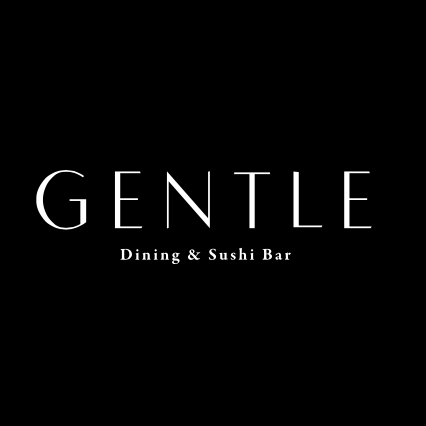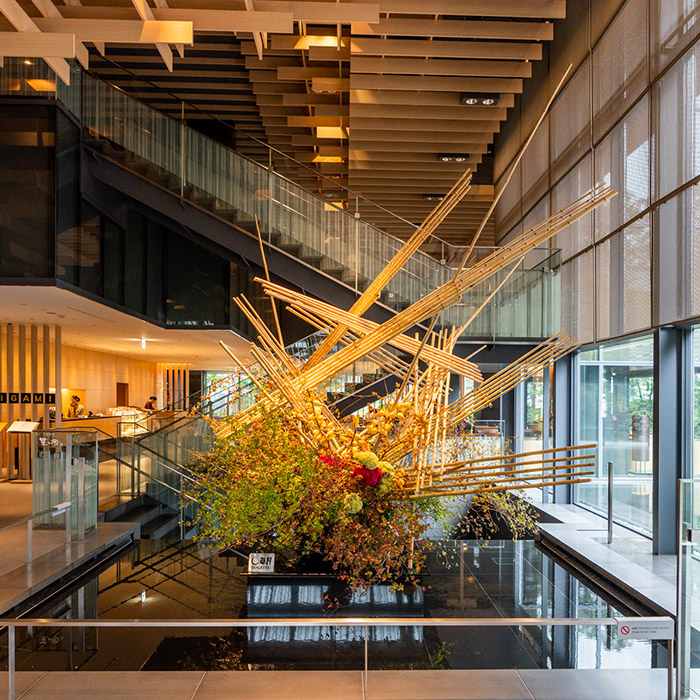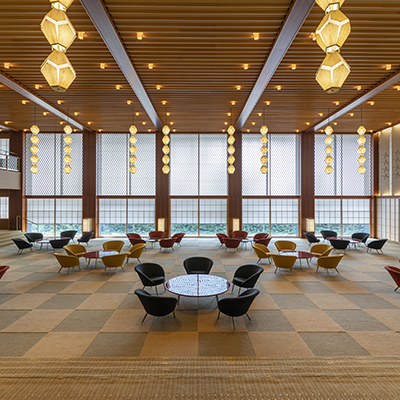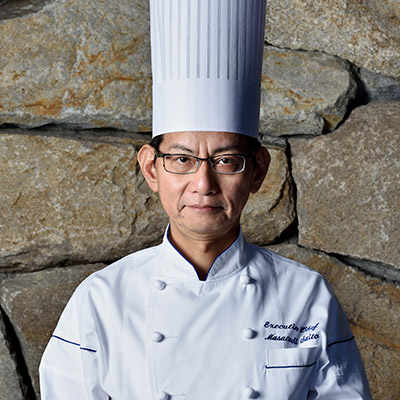October 9, 2025
Creating a Free Jazz Space for Solitary Listeners: The Dedication of a Professional
A Special Interview with Masahiro Goto, Owner of the Jazz Café “Eagle”
Introduction
Jazz is believed to have been introduced to Japan in the 1930s. Originating in the United States, jazz was initially played mainly in dance halls. After the 1950s, thanks to visiting jazz musicians who brought sheet music and records to Japan, the genre became widely popular among the general public. Today, jazz is so popular that it is often used as background music in restaurants and cafés because of its elegance and unobtrusive presence.A uniquely Japanese example of jazz’s development is the rise of the jazz kissa (jazz cafés). Beginning in the 1960s, these establishments featured high-end audio systems, creating spaces where people would quietly listen to records—sometimes with particular etiquette and unspoken rules.
Even today, some long-established jazz cafés remain cherished by fans. In this interview, we talked with Masahiro Goto, the owner of the legendary Tokyo jazz café “Eagle,” which has been operating for over 50 years, to hear his thoughts on the current and future state of Japan’s uniquely developed jazz café culture.
Special Interview
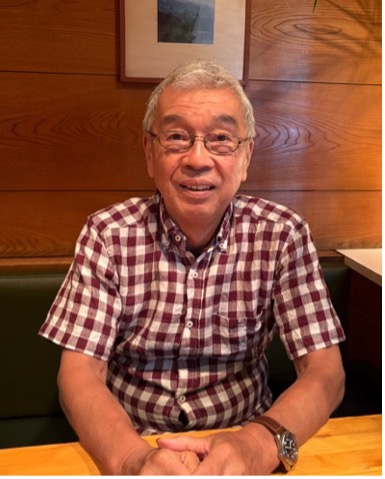
Opened the jazz café “Eagle” in Yotsuya, Tokyo, while still a university student, and has remained its owner for over 50 years. Also active as a jazz critic, he has authored many books, including “500 Essential Jazz Masterpieces for a Lifetime” (Shogakukan Shinsho) and “Jazz for Beginners—Understanding from Scratch” (Sekai Bunka Publishing). His work spans many areas, including supervising music programs for USEN’s music streaming services.
What distinguishes the jazz café “Eagle” from others?
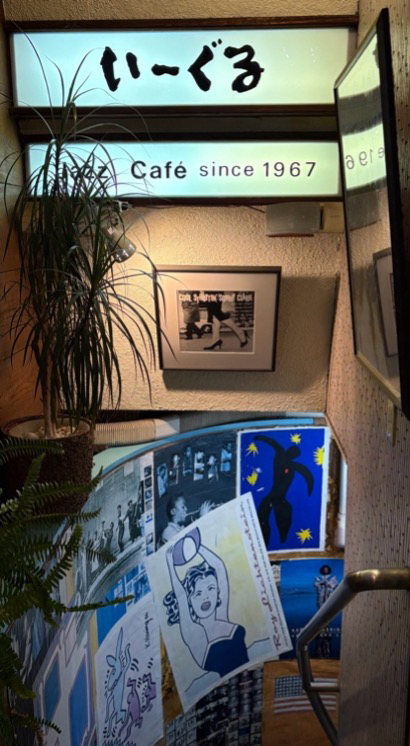
Entrance to Jazz Café “Eagle”
Human voices can be surprisingly distracting—overhearing unpleasant conversations from the next table can ruin the mood. This rule helps create a space where customers neither disturb nor feel disturbed by each other.
Without conversation, patrons can fully immerse themselves in the music from the records or just use it as background sound for reading or working on their laptops. I want to create a space where people can focus. In today’s world, many find constant social interaction tiring, so a space to spend time alone is more popular than ever.
Another distinctive point is that, although it is a jazz café, we intentionally avoid decorating the interior with too many jazz-related items. This helps prevent the café’s image from becoming too narrowly focused. Even the name “Eagle” has nothing to do with jazz—if we had named it after a jazz musician, the café’s image might have become too closely linked to that artist. Our goal is to keep the space open and inviting to a wide variety of visitors.
How do you approach music selection and playlist creation?
When selecting tracks, I focus on creating variety in the flow of the music so customers don’t get bored. For instance, a track featuring a three-horn sextet (trumpet, saxophone, trombone) with piano and bass is powerful and lively, but too many similar pieces in a row can be tiring. After a bright, vigorous piece, I’ll follow with something more relaxed—perhaps just tenor saxophone with piano and bass. Repeating similar melodic lines can become monotonous, so I also vary the atmosphere and melodic style of the tracks.
All playlists are pre-programmed. I’ve prepared about 1,000 different two-hour playlists to choose from. With so many options, regular customers won’t get tired of hearing the same music. Regarding my approach, I try not to let my personal taste dominate the playlists. Relying solely on one’s own preferences is still amateurish. As a professional, I aim to showcase the breadth and depth of jazz by including a diverse selection of tracks—new hits, classics, and lesser-known gems. At the same time, it’s important not to pander too much to customer preferences. I strive for a balanced playlist, neither overly driven by my own tastes nor completely shaped by the audience.
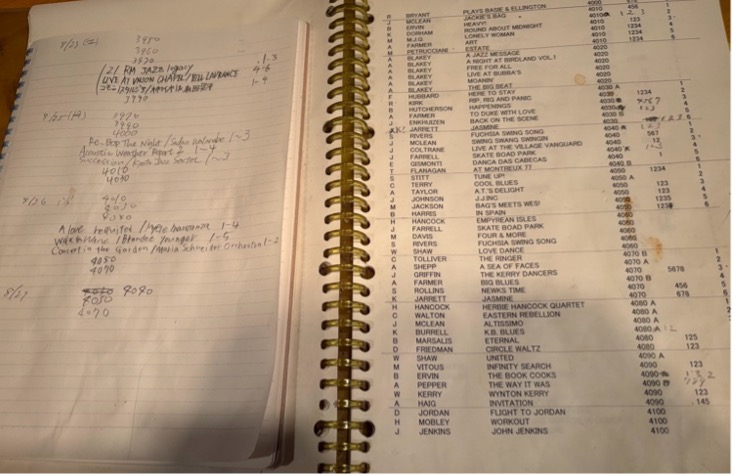
A sample playlist used at “Eagle”
How has your customer base changed over time?Until about 10 years ago, most of our patrons were older male jazz enthusiasts. In recent years, however, the ratio has shifted to roughly 50:50 between men and women. Jazz, once seen as somewhat high-brow or exclusive, has become more accessible as it has been incorporated into pop music and is often heard as everyday background music. More people today are unconsciously familiar with jazz even if they don’t think of themselves as fans.
Interestingly, our café has helped foster a new generation of jazz fans. During the COVID-19 pandemic, when remote work became common, quiet places where people could work for long periods—like ours—became unexpectedly valuable. Many of these customers weren’t originally jazz fans, but while working here, they started listening to the jazz we played. Some even took photos of the record jackets of songs they liked. There seems to be something addictive about jazz—many of these patrons, who kept coming back to work, eventually grew to truly appreciate jazz. In this way, we continue to expand the community of jazz enthusiasts.
What aspect of Japan’s jazz café culture would you like to share with the world?
The greatest appeal is the freedom to engage with the music in your own way. You can listen closely or let it wash over you as you relax.
Live venues and clubs are great for sharing the excitement with others, but some people might feel a bit pressured to participate in the collective energy. In contrast, at a jazz café, you can enjoy the music without feeling that kind of pressure.
Moreover, the Japanese tradition of immersing oneself in the sound of records in a quiet setting—originating from jazz cafés—is gaining attention abroad. More people overseas are discovering the unique pleasure of focusing deeply on recorded sound without interruption from conversation.
We’re noticing more foreign visitors at “Eagle” as well, which suggests that the unique culture of jazz cafés is beginning to spread worldwide. I believe many international visitors are attracted to and enjoy this distinctly Japanese experience.
How do you envision managing the jazz café in the future?
I believe it’s important to keep evolving with the times. If we stubbornly hold on to the past, the café won't survive.
I’ve always adjusted different parts of the café based on customer feedback, and that’s probably why we’ve been able to keep “Eagle” open for nearly 60 years. I believe it’s important to stay flexible and responsive to the changing needs of the times.
